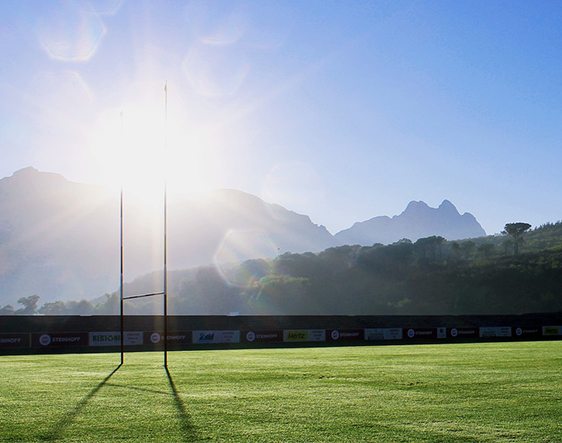Currently just four percent of board members in sport representative bodies are individuals from ethnic minorities, and three percent are disabled, says new data from a survey of UK sports governing bodies by Moore Stephens, the UKs 9th largest accounting and consulting network. Contributor Sarah Hillary, Partner at Moore Stephens.
Diversity on boards of sport organisations compares unfavourably with the UK-wide proportion – 18 percent of working age adults in the UK are disabled*, and 13 percent of the population of England and Wales are ethnic minorities**. Moore Stephens says the lack of diversity in the top tiers of management at sports organisations rules out a huge portion of the pool of talent available to them. To combat this, organisations must ensure they remove any barriers in the way of the career development and promotion of minorities.
The Government introduced ‘A Code for Sports Governance’, which came into effect in April 2017. Currently, there is no set target for the representation of ethnic minorities or disabled individuals at board level set out in the Code, whereas there is for gender.
Working on a change in culture to cultivate diversity and inclusivity can help to attract more talented disabled and ethnically diverse people to the organisation. Despite the immense and continuing popularity of the Paralympics, in the top tiers of sports management there is very little representation of disabled sportspeople. Diversity should be seen as a genuine desire to gain more diverse experience throughout organisations. The strategic benefits of having a diverse workforce have been widely accepted but in practice it can be difficult to put in place. We know that a lot of good work is being done in sport to improve diversity. However, the survey results confirm there is still a long way to go.
Representation of women in top management in sport relatively high at 35 percent
The survey found that these organisations have relatively good representation of women, with women making up 35 percent of board members at sports organisations surveyed***, compared with just 28 percent on FTSE 100 boards.**** This relatively high representation of women contrasts with the poor representation of ethnic minorities and disabled individuals in sport, although there is still some way to go before parity is achieved.
The ‘Code for Sports Governance’ sets out the mandatory 30 percent gender diversity requirement for sports bodies seeking public funding – or funding will not be made available to them. Achieving parity should be the target, rather than just the minimum mandated by the Code: “Women’s representation in playing professional sport such as rugby and football has certainly improved, but now it is time to ensure this equality of representation extends all the way to board level.
Encouraging more women into the sports sector is vital, and then to retain talent to the top levels they need to be incentivised to progress. Organisations must proactively demonstrate that women in sport have the potential to go all the way to the top. A diverse range of perspectives at the top is essential to prevent group think and stagnation, as women on boards can provide more varied views to drive innovation. Time and again, greater gender diversity at the leadership level of organisations makes for greater success.
The UK sports sector has been taking significant steps to improve its gender imbalance through the Women in Sport initiative, which has so far been immensely successful. However, there is still a way to go before reaching gender equality.
*The percentage of working-age people reporting a disability: Family Resources Survey 2015/16, ONS – most recent data available
**ONS Census data, 2011 – most recent data available
*** The Female FTSE Board Report 2017, Cranfield University
*** These findings support the findings in the Women in Sport “Beyond 30 percent” report, which found an average of 30 percent of sport National Government Bodies board positions were held by women.
****Women in Sport Beyond 30 percent February 2017







